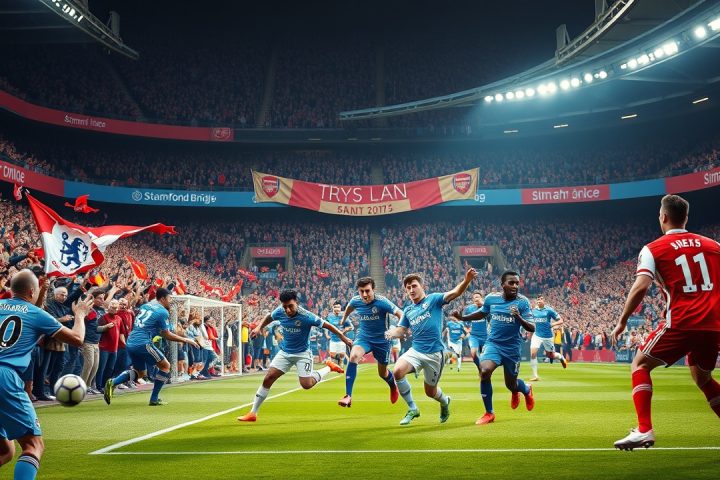Strategic Planning in Player Transfers
Premier League clubs are increasingly honing their abilities to navigate the complex and often challenging process of transferring their top talent. Teams like Brighton and Hove Albion, Wolverhampton Wanderers, and Bournemouth are embracing the necessity of strategic planning and proactive engagement in this aspect of football management. Recent years have shown that being able to offload star players effectively is integral to sustaining a club’s success and facilitating future growth.
Proactive Engagement
Succinctly put by one industry executive, referred to here as Director A, the emphasis lies on anticipation rather than reaction. “If you have a culture of being proactive, things tend to work out smoother,” he explained, highlighting the importance of preparing for potential departures well ahead of transfer windows.
Bournemouth faced this reality head-on this summer, having sold key defenders Dean Huijsen and Milos Kerkez for a collective £90 million, a substantial sum that reflects the club’s ascension in the football hierarchy. Effective communication with players and their agents several months prior to transfers is critical, according to Director A. This approach allows clubs to gauge interest, manage expectations, and have crucial discussions that pave the way for future planning.
Case Studies of Recent Transfers
For Bournemouth, the necessity of replacing both defenders could be daunting given their relatively recent experience with high-profile exits; however, they had a successful precedent last year when they managed to replace another key player, Dominic Solanke, who was dealt to Tottenham for £65 million. Following that sale, Bournemouth managed to rise from a 12th-place finish to ninth, largely due to new signings like Evanilson, who performed admirably with ten goals.
In contrast, Brighton’s experience after their significant sales last summer, which saw Moises Caicedo and Alexis Mac Allister departing for a combined £150 million, illustrates a different trajectory. The club took time to adjust, suggesting it can take years to find viable replacements even after initial acquisitions like Carlos Baleba.
In past scenarios, such as when Tottenham sold Gareth Bale for a staggering £85 million to fund an eclectic mix of seven new signings named the “magnificent seven,” the outcomes were far from perfect, showcasing that not all clubs find success in their recalibrations.
When Aston Villa sold Jack Grealish to Manchester City for £100 million, they strategically sought to minimize their dependency on a single player by securing three replacements. But, the arrivals of Emiliano Buendia, Danny Ings, and Leon Bailey did not yield the expected results, reinforcing the notion that plans can misfire.
The Importance of Relationship Management
As expressed by Director B, the intricacies of high-stakes negotiations can be volatile, especially when family members of players enter the fray or agents have a personal stake in the matter. This dynamic underscores the need for clubs to manage relationships delicately amidst the emotionally charged atmosphere of player transfers.
Conclusion
Ultimately, success in the transfer market requires clubs to have multiple high-value assets ready to move and a clear strategy that is understood and accepted across the organization. Setting up a robust pipeline of talent ensures that clubs can adapt quickly should the unexpected occur in the notoriously unpredictable world of player transfers.
The emphasis on thorough planning and strategic foresight in player sales cannot be overstated as clubs continue to strive for both competitive excellence and financial stability.




